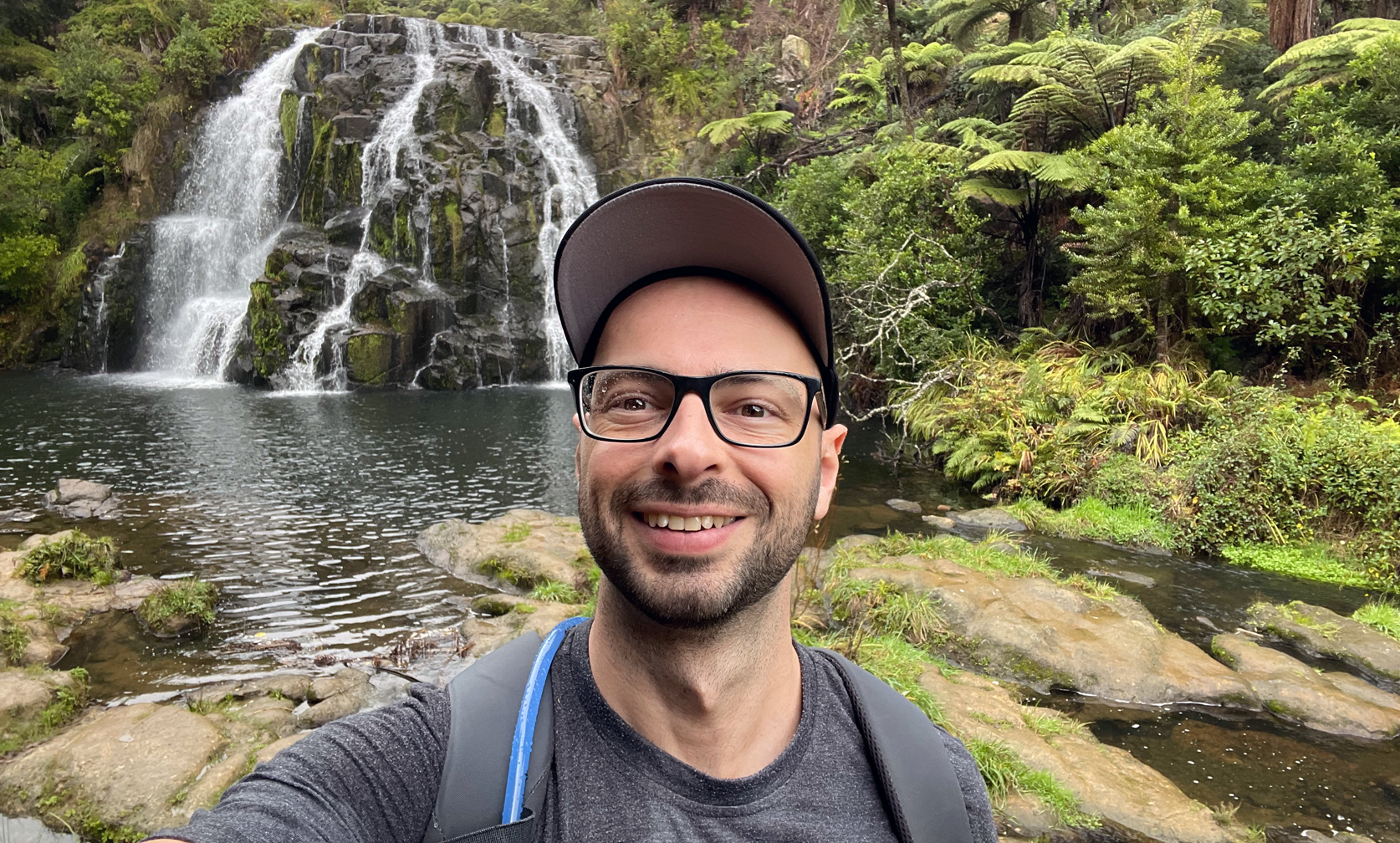The Spine Squad are a unique team of 15 researchers dedicated to spinal cord research. They’re based here in New Zealand, funded by CatWalk. Brad is one of the Spine Squad’s lead researchers.
And his research is unique! It’s not taking place anywhere else.
It may sound straightforward. Brad is measuring electrical impulses in the nerves of the spinal cord. He’s tracking electrical signals in awake, active animals to identify the behaviours or movements they generate.
But that is, of course, a wild oversimplification. I find Brad’s work mind-boggling. Brad describes it as ‘breaking spinal cord function down to its foundational principles.’ He’s trying to figure out how the spinal cord works after an injury.
This work is urgent! So little is known about the inner workings of the injured spinal cord.
Believe it or not, this is largely unexplored territory. Research on the brain is far more common. The spinal cord is an intensely complicated and challenging area to access. This work is not easy!
Again, this is where the unique approach of the Spine Squad helps us drive to a cure. Bringing together researchers from multiple disciplines to hone in on the answers that are needed. Brad is an engineer and brings an engineer’s approach. He is led by the impulse to break things into their smallest parts. It is core to his thinking.
Nerves use electrical impulses to communicate. In the spinal cord, there’s a lot of that going on – all the time. It’s ‘noisy.’ Identifying which nerves are carrying which signal is difficult. Signals may be carried individually or by clusters of nerves. Which signal prompts which behaviour? Can we better understand the nature of the signalling so we can better understand the nature of the injury?
Your donation will help to do more than simply bypass an injury. The Spine Squad is working to heal the spinal cord. To do that we first need to understand how it works.

How will this help cure spinal cord injury?
Darren Svirskis, head of the Spine Squad, answers, “Brad’s work will help us understand an individual’s specific injury. It’ll help determine recovery options and therapies. It’s equally important for any brain-computer interface that plugs into the spinal cord. That is, any mechanical augmentation or robotic technology.
This is really challenging and it’s the very foundation of understanding the spinal cord. It needs to be figured out.”
Outside the lab, Brad spends his weekends unwinding in the peace and serenity of the New Zealand bush. Perhaps like you, he’s an active relaxer and moving through the calm of the bush is a great reset for another intense week.
With your help, we’re working hard to ensure that this incredible team can remain focused on spinal cord research. As a donor, you are a critical member of the Spine Squad. Please stay with us as we drive research to find the cure.
Make a difference, today.
Thank you.
